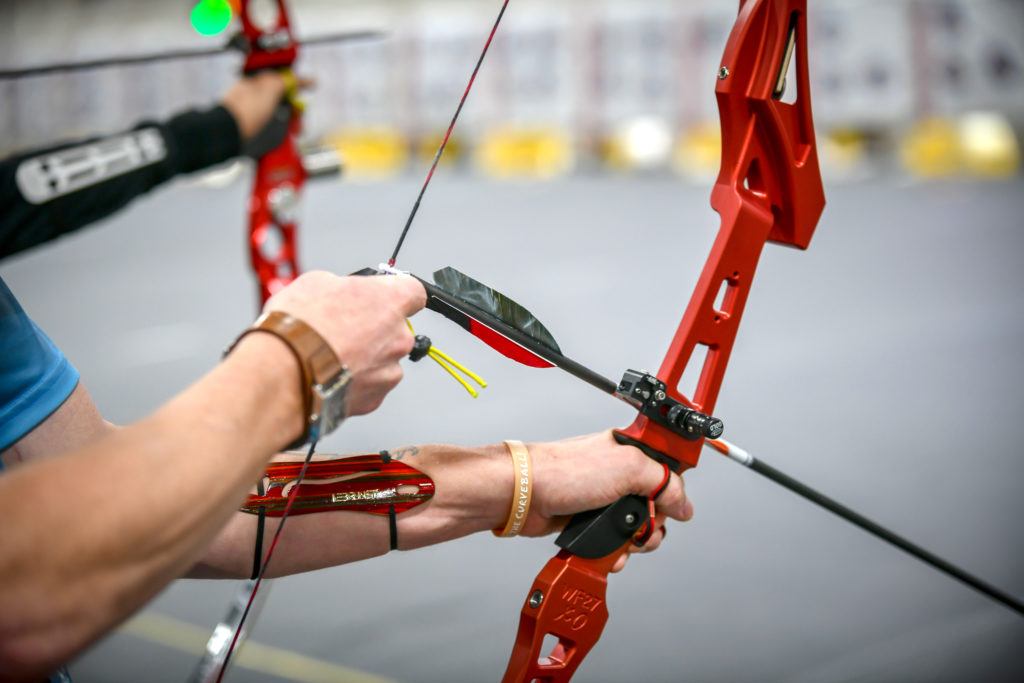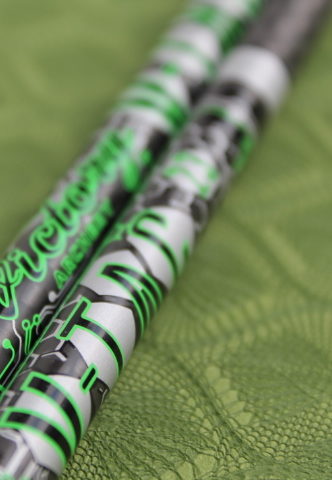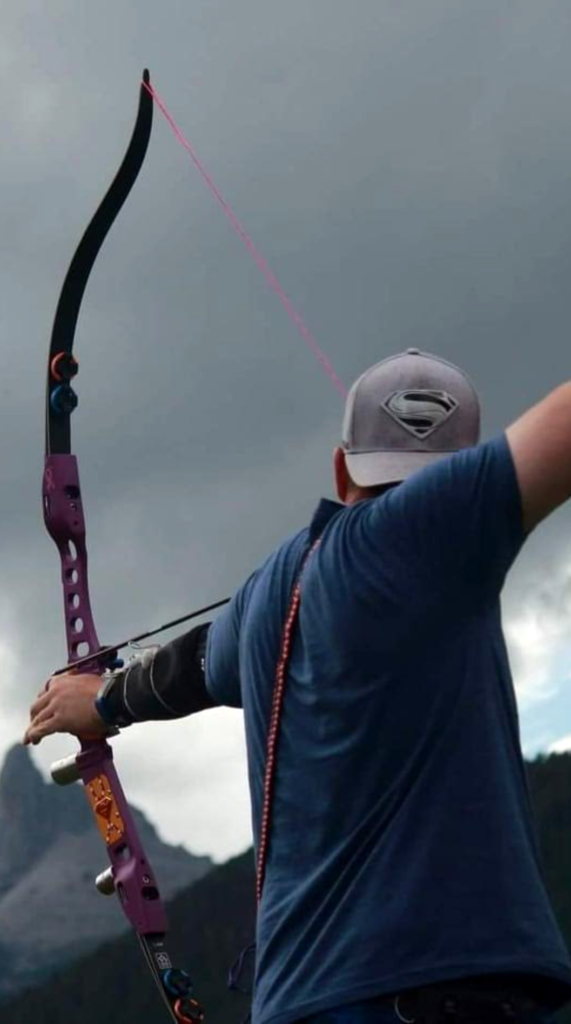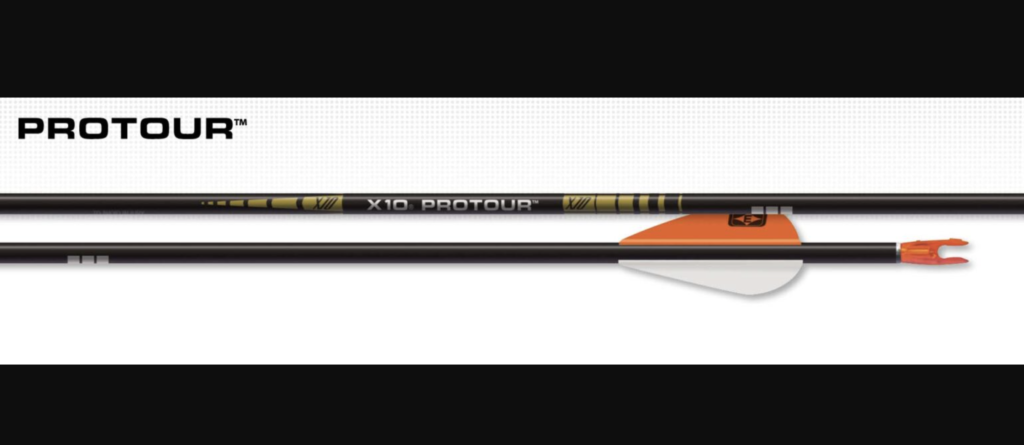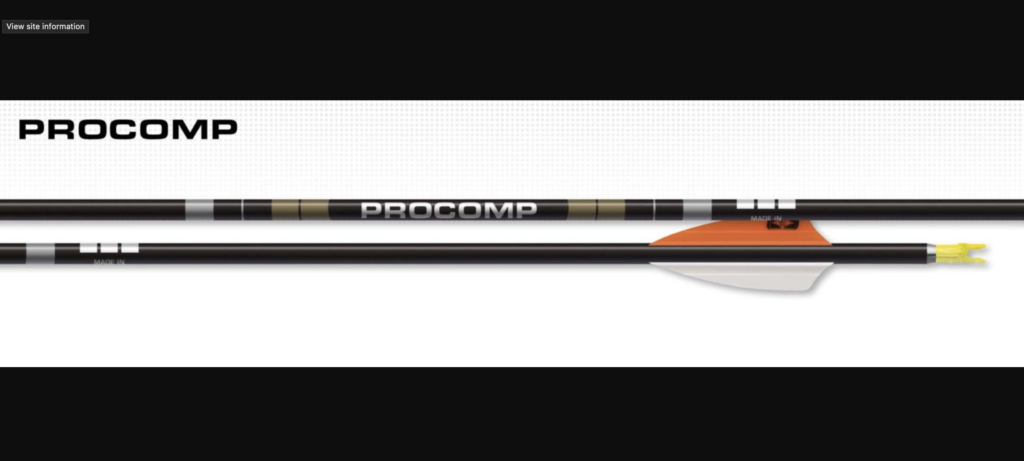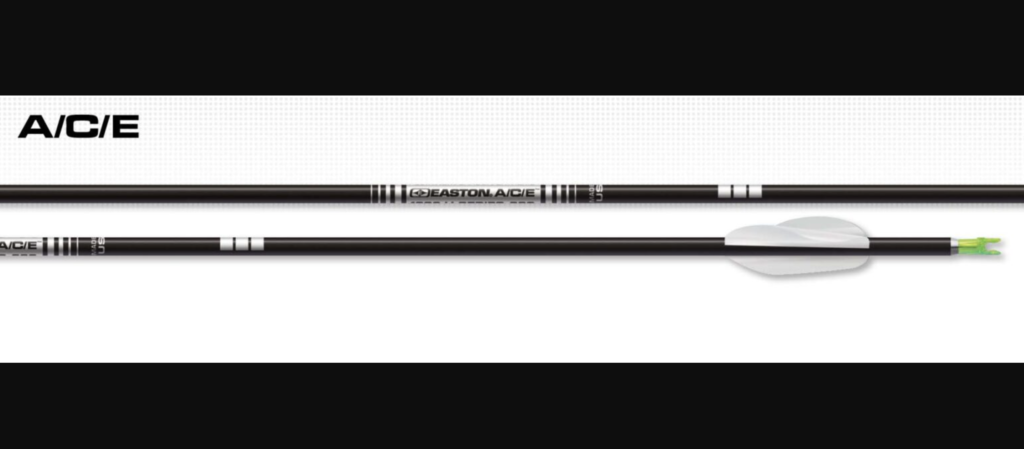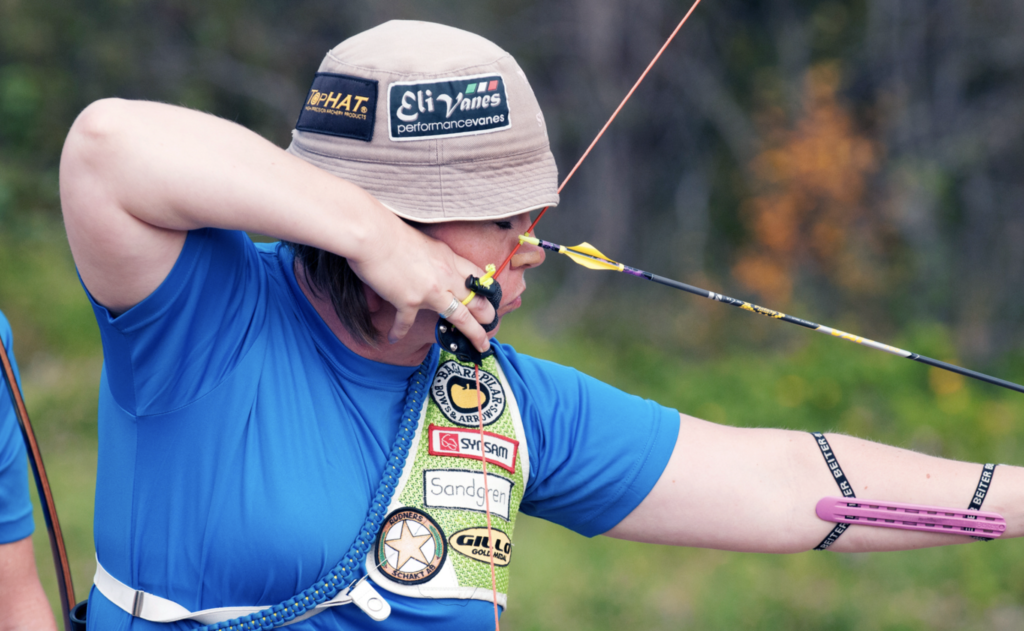Kristina Dolgilevica offers advice on how to choose and gives her top picks.
Many experienced barebow archers can find it a little overwhelming when shopping for or tuning arrows. When we buy equipment, we want to buy the best available and to find that ‘perfect match’. Selecting arrows for recurve or compound is relatively straightforward and formulaic but for barebow it is much more down to the individual.
This is not because barebows want to stand out, it is simply that there are many more variables involved in barebow shooting. Firstly, we do not have a clicker that controls our draw length or use a multitude of aiming combinations for different distances, which can affect the arrow’s trajectory and flight.
What barebow shooting requires is a good understanding of your shooting form and the specifics of your equipment set-up. If you are unsure about either of these, contact an archery coach or equipment specialist for guidance.
I hope this article offers an insight into what is required – or serves as a reminder of how an arrow performs under different barebow-specific circumstances, enabling you to choose the best arrow to suit your needs and make tuning quicker and more enjoyable. As the Russian saying goes: “The devil is not as ugly as they paint him.” The key is to be methodical.
Aiming Methods: General
Barebow archers use the arrow tip as a reference and employ the following methods when aiming: gap shooting; stringwalking; facewalking. Some shoot ‘instinctive’ but this subject deserves a separate article. Here we will focus on methods that utilise the arrow tip as reference.
The vast majority of archers employ a combination of two aiming methods, string- and facewalking being most common. This configuration is particularly useful on Field and 3D courses: the ‘string crawl’ or the ‘face crawl’, or both, will change for every distance shot, so that the archer can continue to aim at/under the ‘gold’ regardless of their physical position or body angle.
Generally, to reach longer distances, barebow archers will go for a shorter and lighter arrow shaft with shorter fletching for outdoors and for a longer, heavier indoor shaft with longer fletching, to allow aiming at or under the ‘gold’.
Aiming Methods: Sightline, ‘Crawl’, Arrow Length
Anchor height matters, hence why the facewalking method is better reserved for highly competent archers who can replicate different facial positions without affecting their draw length. To avoid draw length inconsistencies, stick to a fixed, linear anchor, and use stringwalking for different distances. (For more information on aiming methods and examples of windage sighting, please see Stringwalking for Beginners.)
By choosing and fixing your anchor you position the arrow nock naturally at a certain height in relation to your eye, or your sightline. What your eye will likely see when you look at the arrow tip is that it is on a slight downward slope. If you begin to overdraw your string slightly, the tip will begin to point upwards.
The same happens with changes in arrow shaft lengths – the longer, indoor shaft will slope slightly downward, the bow arm naturally settling down lower; the shorter outdoor shaft will be more in line with your eye and point slightly upwards, the bow arm naturally settling at a higher gradient for longer distances.
If you decided to shoot that same short shaft indoors, you would likely have to aim at the floor to avoid hitting high; you could also stringwalk and continue aiming at the target; however, a short and fast outdoor shaft, particularly coupled with a high poundage bow, would require a long crawl, which would make the arrow tip slope even lower, creating a very strong arrow bounce against the arrow rest, and sending the arrow sky-high.
To avoid a strong arrow bounce against the arrow rest and to lift your arrow tip, you could change the string nock point height, moving it lower. Ideally, you want to minimise the frequency of nock height changes because, quite simply, you cannot do that when you shoot courses that involve multitude distances – it is impractical.
If you are primarily an indoor shooter, then adjust the nock height, maintaining a comfortable and consistent arrow line. The aim for any stringwalker is to find the shortest crawl possible, as that will minimise the arrow bounce and is generally better for your equipment long-term, especially your lower limb. Most archers find it easier to have two sets of arrows, indoor and outdoor.
A Note on Arrow Tuning: Windage Sighting
Tuning does not only refer to your technique or the arrow shaft and its components. It also includes the plunger spring tension adjustments, the nock point height and the windage sighting, or your string blur alignment. Once you have found your fletched and bare shaft groups, see if your string blur needs shifting.
Arrow Spine
Arrow spine charts are a useful starting point; however, as with arrow selection for other bow types, ensure that you select a shaft to your individual specifications, draw length and weight. Remember that it is best to buy a longer shaft so it can be cut, and that the further up the spine chart you move the heavier the shaft. You can always add the necessary components as you experiment with your arrow tune.
Jake Kaminski presents a good case study in one of his videos: he shows: 1) how differently spined arrows land on the target; 2) how he tunes the crawl; and 3) how he selects an optimal shaft. This is not a recommendation on what you should choose, but a good demonstration of how you can choose and go about tuning for your own individual needs. (Search: How much does arrow length affect crawl in barebow archery? on YouTube).
Where to Begin: Budget, Function, Form, Set-Up
To get the best out of any arrow, you must understand what causes group inconsistencies: is it you (for example, creeping on release); the bow (perhaps a clearance issue); or an external factor (such as the wind)? As in other disciplines, only the more informed and technically proficient archer will be able to capitalise fully on those marginally superior ‘extra’ qualities offered by the more expensive elite shaft.
If you feel you have not reached that point, your money is best spent on a more reasonably priced, second- or third-tier practice shaft. To follow are a few tips on how better to refine your search and buy what you need.
- Determine your budget: you cannot spend money you do not have. Press ‘refine by price’ on your archery shop website – it will help you stick to your budget and see which brands are available to you.
- Determine the arrow’s function: ask: is it a practice or a competition shaft? Where are you planning to use it: indoors, outdoors, or both? Which discipline: target, field, 3D, indoor or multiple? Read reviews. Personal experiences provide good comparative studies and often refer to other arrow shafts, maybe even the one you currently use.
- Archery form competency: reflect on your technique – knowing and understanding your shot cycle, having a good clean release and follow-through is paramount. Likewise, it is just as important to have a consistent draw length and understand the aiming-related implications. Ask someone to watch your arrow tip and/or record a video when you shoot, to see if your draw length is consistent. The tip should not move forward or back at full draw.
- Equipment competency: understanding the limitations and capabilities of your equipment saves lots of time when tuning arrows.
Select a distance
- Long distance: shorter shaft, weaker spine – results in higher hold and lower point of aim.
- Short distance: longer shaft, stiffer spine – results in lower hold and higher point of aim.
Recommendations
I will keep my list of recommendations short and simply go with what I believe works for me personally. I reiterate that arrows, like the barebow equipment selection and tune, are a matter of personal preference and that you must always double check whether a particular shaft is permitted for use in a specific club or competition, as described under World Archery Federation regulations.
If you consider yourself a proficient archer, that is, your form is in check, bow set-up and poundage are set, and you are geared towards elite performance, then you will want to go for the top-of-the-range, tier-one arrows. Prices do not include the components. Top-of-the-range outdoor performance choice from Easton: X10, X10 Protour, X10 Procomp (from £360, 12 pack), A/C/E (from £260, 12 pack).
As the US market offers much wider variety and choice, intermediate archers in the UK would do well to look there. In particular, pay attention to the Victory Archery Target series: the most versatile arrow in the range, the Victory V-Tac Series, is suited for any outdoor or indoor shooting discipline (from £130, 12 pack); the 3DHV Series is specifically for 3D targets (from £128, 12 pack); and the revolutionary parallel-taper VXT Target shaft, which offers faster arrow recovery in flight (from £225, 12 pack). Every arrow is digitally spine aligned to ensure batch consistency +/- 0.5 GR for tighter grouping. I highly recommend exploring the company’s arrow lines.
If you have not had much experience in selecting arrows yourself, what I have written may sound complex. But, from my own experience, I have found that it is just a matter of adopting a methodical approach – like ticking off a checklist.
A big thank you to John Demmer for a comprehensive consultation on the elite arrow lines, and to David Jackson for consultation on the world of 3D.


